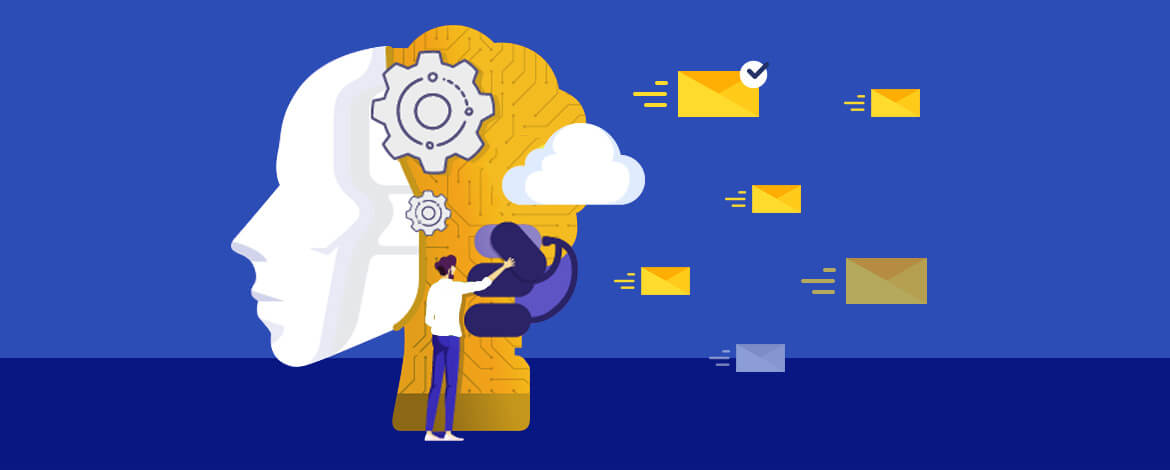Continuing with the Salesforce Marketing Cloud Einstein series, this is the fourth and last article, where we will be analyzing and understanding the Einstein feature called Einstein Recommendations.
Earlier, we learned, in detail, about Einstein Engagement Scoring, Einstein Content Selection, and Einstein Engagement Frequency.
Einstein Recommendations is a combination of two products and is sometimes used interchangeably. The two products are listed below:
- Email Recommendations
- Web Recommendations
Einstein Recommendation is a feature that helps you recommend the next best content or next best offer, or the next best product to your customer based on their behavioral and customer attributes.
Behavioral attributes are gathered from the customer’s behavior on the chosen website. The behavioral attributes could be as follows:
- Clicking and viewing a product page, e.g., a particular model of a footwear
- Clicking and viewing a category, e.g., Footwear category
- Cart activity, i.e., added an item in the shopping cart
- Search items, i.e., search terms like footwear
- Purchase activity
On the other hand, customer attributes are identifiers for each customer like gender, location, and demographic data.
Einstein combines behavioral attributes and customer attributes in real-time to recommend the next best products to the customer on the website or through emails.
Einstein Recommendations edition is available separately as Web and Email. Here are the details:
| Features/Edition | Basic | Pro | Corporate | Enterprise |
| Einstein Recommendations-Web | No | No | Yes | Yes |
Einstein Recommendations-Email | Yes | Yes | Yes | Yes |
Benefits of Einstein Recommendations
Einstein Recommendations [Web and Email] has multiple benefits. Let’s look at some of them:
- Einstein Recommendations Web – This feature helps customers view what other customers purchased while adding the items to their cart.
- Einstein Recommendations Email- This feature helps you choose the next content piece or images within the email that will be relevant to the customers or visitors. For example, if the customer or visitor has browsed the footwear section, the Einstein Email Recommendations in SFMC will suggest images or content related to footwear.
How does it work?
Let’s explore the primary ways in which Einstein Recommendations [Email and Web] works through the following steps:
- Tracking code: The first step is to insert the client-side JavaScript Tracking Code in the website. This JavaScript Tracking Code tracks the browsing behavior of visitors/ customers. This is used to monitor key variables and events of the customers at the user level.
- Affinity model: Einstein uses the data collected by adding the tracking code in the website to build an affinity model for each customer or visitor. This model uses the customers’ interests across different attributes and their time spent on various devices like mobile, laptops & tab etc.
- Profile matrix: Post affinity model creation, Einstein creates a matrix based on weighted affinity levels by attribute. This profile matrix helps Einstein identify relevant products or content to recommend to the customers or subscribers. The matrix is created with the help of behavioral data and after matching profile attributes of similar customers.
- Recommendations: Based on the above steps, Einstein recommends the next best product or content on the website or email, respectively. This is aided by some predefined scenarios and rules.
Wrap Up
Einstein Recommendations is an excellent asset in SFMC, and you must use it to your advantage. It is a great way to make the customer experience better and, at the same time, increase the sales of your products.
For a detailed understanding of Einstein Recommendations [Web and Email], visit this link.




Kevin George
Latest posts by Kevin George (see all)
5 Easy Strategies to Boost Customer Loyalty and Enhance Customer Retention Marketing in SFMC
3 Powerful Strategies to Create Relationship Marketing Campaigns In SFMC